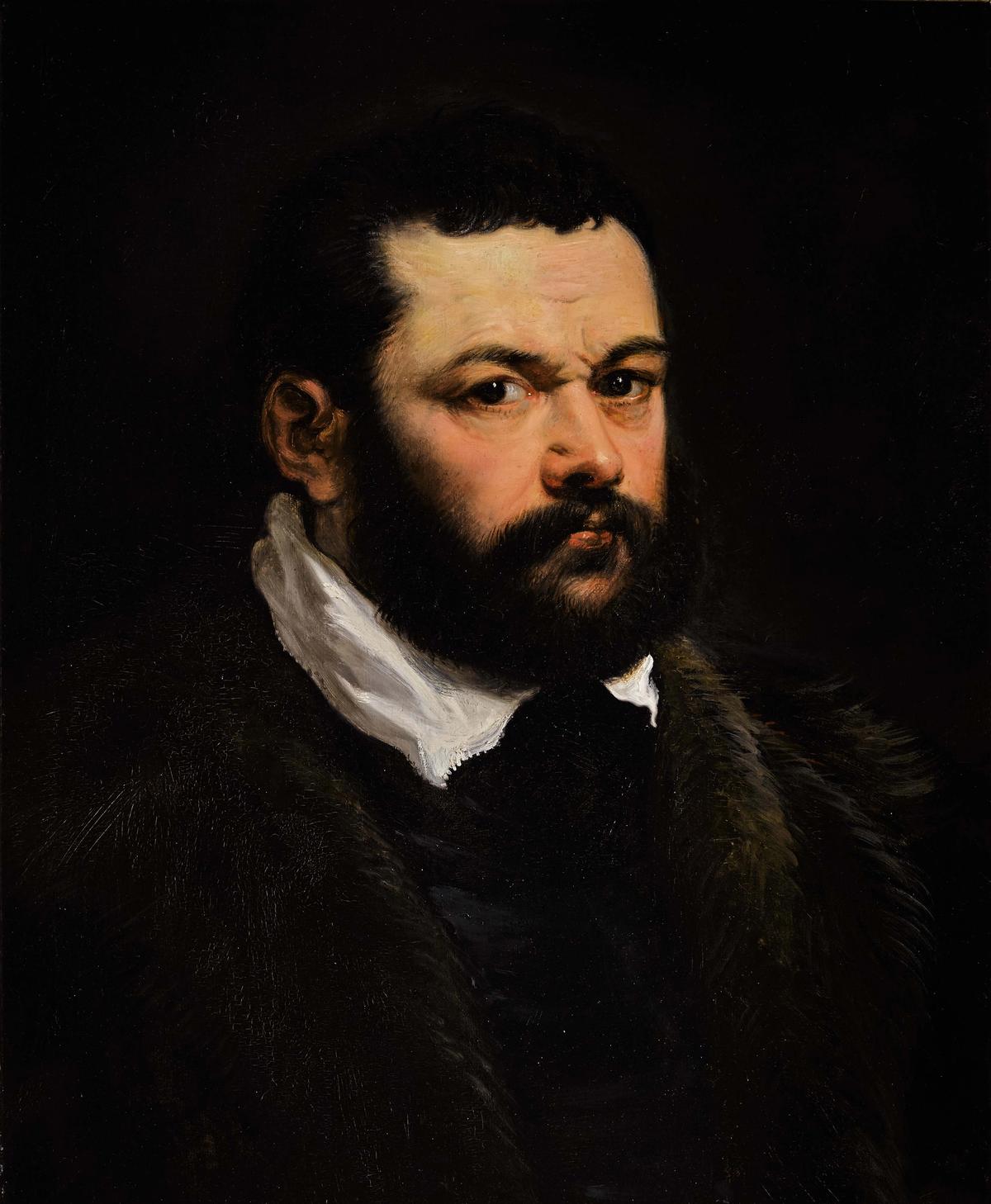Luxury goods are big business in Dubai, European Old Master paintings less so. But it is a combination of both that could be key to finding a buyer for a portrait by Peter Paul Rubens being unveiled in the city next week–the first Old Master ever exhibited by Sotheby’s in the Middle East.
Portrait of a Bearded Venetian Nobleman, Bust Length (1620s), which was almost certainly kept in the artist’s collection until his death in 1640, will lead Sotheby’s Old Master sale in London in July. The work, which is being sold by the descendants of the Dutch collector Hans Wetzlar and has been guaranteed by a third party, is expected to fetch £3m.
George Gordon, the co-chairman of Old Master paintings and drawings for Sotheby’s, says Jeff Koons’s handbags for Louis Vuitton, which feature Old Master paintings by artists including Rubens, Titian and Fragonard, could help attract a different sort of buyer for the “viscerally and vigorously” painted canvas of an unknown sitter.
“The bags will certainly have an effect on the art buying public; they certainly had an effect on me when I saw them displayed in a Louis Vuitton store in New York,” Gordon says. “They can’t but broaden the market for Old Masters and specifically for Rubens.”
An appetite for Old Masters has been growing in the gulf region for the past few years. Between 2016 and 2017, sales grew by 43%, Gordon says. The Louvre Abu Dhabi’s purchase of Leonardo Da Vinci’s Salvator Mundi for $450.3m in November, has also “opened up the Old Master market–to a degree”, Gordon says.
Meanwhile, in London in April, Sotheby’s is selling a rare painting by the Iranian Modern master Bahman Mohasses, The Minotaur Scares the Good People (1966). The work, which has been tucked away in a private collection since the 1970s, carries an estimate of £280,000-£350,000.
Perhaps surprisingly, given its depiction of nude figures, the painting is being unveiled at Sotheby’s Dubai galleries on 20 March (until 24 March). However, Ashkan Baghestani, Sotheby’s contemporary Arab and Iranian art specialist, describes the Surrealist figures as “anthropomorphic”, rather than strictly lifelike.
“They bring together Mohasses’s fascination with Greek mythology, and his own personal disenchantment with the world around him. The looming standing figure is half-man half-beast, painted without hands or feet to get across a sense of hopelessness.”
Baghestani says that much later in his career, Mohasses gave the minotaur seemingly erotic overtones, “yet here we see a nuanced figure who is feared by the masses but appears anguished at the same time”.


